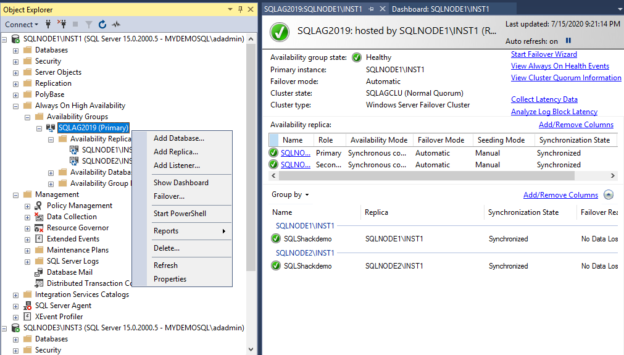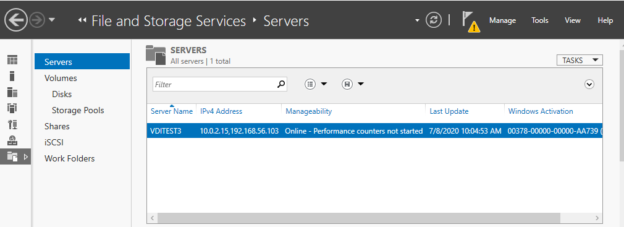Monitoring the growth of the SQL Database is one of the essential tasks of the SQL Server DBA. In this article, I am going to explain how we can monitor the growth of the SQL database using the default trace. First, let me explain the default trace in SQL Server.
Read more »





























